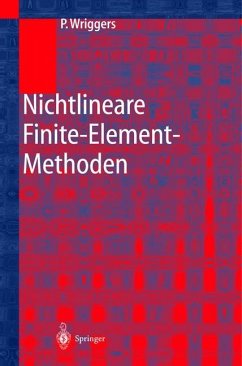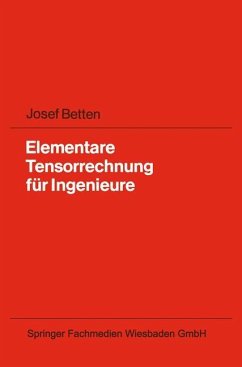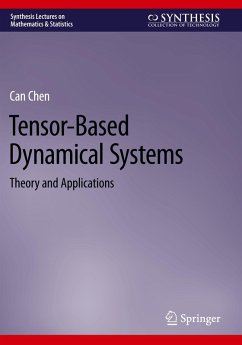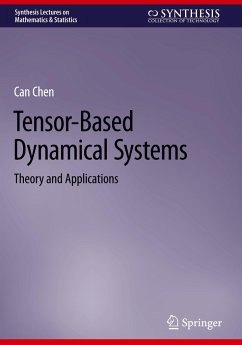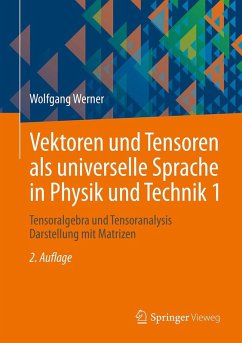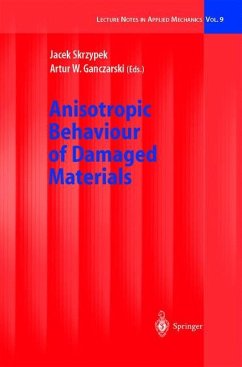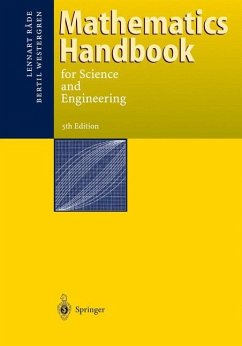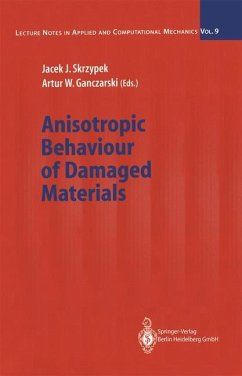
Tensor Algebra and Tensor Analysis for Engineers
With Applications to Continuum Mechanics
Versandkostenfrei!
Versandfertig in 1-2 Wochen
41,99 €
inkl. MwSt.

PAYBACK Punkte
21 °P sammeln!
There is a large gap between engineering courses in tensor algebra on one hand, and the treatment of linear transformations within classical linear algebra on the other. This book addresses primarily engineering students with some initial knowledge of matrix algebra. Thereby, mathematical formalism is applied as far as it is absolutely necessary. Numerous exercises provided in the book are accompanied by solutions enabling autonomous study. The last chapters deal with modern developments in the theory of isotropic and anisotropic tensor functions and their applications to continuum mechanics and might therefore be of high interest for PhD-students and scientists working in this area.
This second edition is completed by a number of additional examples and exercises. In response of comments and questions of students using this book, solutions of many exercises have been improved for a better understanding. Some changes and enhancements are concerned with the treatment of sk- symmetric and rotation tensors in the ?rst chapter. Besides, the text and formulae have thoroughly been reexamined and improved where necessary. Aachen, January 2009 Mikhail Itskov Preface to the First Edition Like many other textbooks the present one is based on a lecture course given by the author for master students of the RWTH Aachen University. In spite of a somewhat di?cult matter those students were able to endure and, as far as I know, are still ?ne. I wish the same for the reader of the book. Although the present book can be referred to as a textbook one ?nds only little plain text inside. I tried to explain the matter in a brief way, nevert- lessgoinginto detailwherenecessary.Ialsoavoidedtediousintroductions and lengthy remarks about the signi?cance of one topic or another. A reader - terested in tensor algebra and tensor analysis but preferring, however, words instead of equations can close this book immediately after having read the preface.



